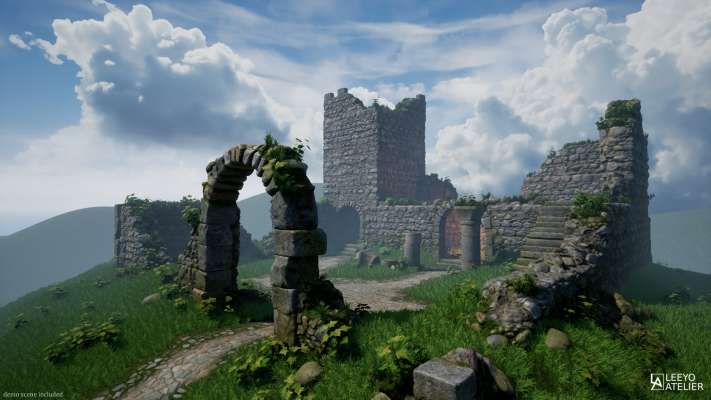
The cold war
Introduction:
The Cold War was not a war of bombs and battles, but a long period of tension and rivalry between two powerful countries: the United States and the Soviet Union. It lasted for more than 40 years, from the end of World War II in 1945 until the collapse of the Soviet Union in 1991. Though no direct war happened between them, the world lived under the constant fear of nuclear conflict.
What Was the Cold War?
The Cold War was a struggle between two different ways of life and government:
- The United States believed in capitalism and democracy, where people could vote freely and own property.
- The Soviet Union followed communism, where the government controlled most things, and elections were not truly free.
Both sides wanted to spread their own system around the world, and both feared the other’s power. This led to competition, spying, arms races, and proxy wars, but not open fighting between the two superpowers.
Key Events of the Cold War
- The Iron Curtain (1946): A term used to describe the division between the democratic countries of Western Europe and the communist countries of Eastern Europe.
- Berlin Blockade and Airlift (1948–49): The Soviet Union blocked West Berlin, but the U.S. and allies flew in supplies to keep the city alive.
- The Korean War (1950–53): A war between North Korea (supported by the Soviets and China) and South Korea (supported by the U.S.).
- The Cuban Missile Crisis (1962): The U.S. discovered Soviet missiles in Cuba, almost leading to nuclear war. After tense negotiations, the missiles were removed.
- The Vietnam War (1955–75): The U.S. fought to stop communism in Vietnam, but the war ended in defeat for the U.S. and a united communist Vietnam.
- The Space Race: A race between the U.S. and the Soviet Union to explore space. The Soviets launched the first satellite (Sputnik), but the U.S. landed the first man on the Moon.
The Arms Race and Fear of Nuclear War
Both the U.S. and the Soviet Union built thousands of nuclear weapons. This led to the idea of “Mutually Assured Destruction” (MAD), if one side launched a nuclear attack, the other would respond, and both sides would be destroyed. This fear kept both nations from starting a direct war, but it made the world anxious.
The Fall of the Soviet Union
In the 1980s, the Soviet Union faced economic problems, and people demanded more freedom. A new leader, Mikhail Gorbachev, introduced reforms like glasnost (openness) and perestroika (rebuilding). These changes weakened the government’s control. In 1989, many communist countries in Europe broke free, and in 1991, the Soviet Union collapsed. The Cold War was over.
The Legacy of the Cold War
The Cold War changed the world in many ways:
- Countries built alliances like NATO and the Warsaw Pact.
- Millions died in proxy wars.
- Many people lived in fear of nuclear war.
- Technology advanced rapidly, especially in space and military fields.
- It left a divided world—but also showed the power of diplomacy and peace.
Conclusion
The Cold War was a silent struggle filled with fear, power, and ideas. Though no full war was fought, the world was changed forever. It taught us that even great enemies can avoid destruction through careful choices. Today, we still live with the results of that long conflict, and the hope that peace can always be possible.















